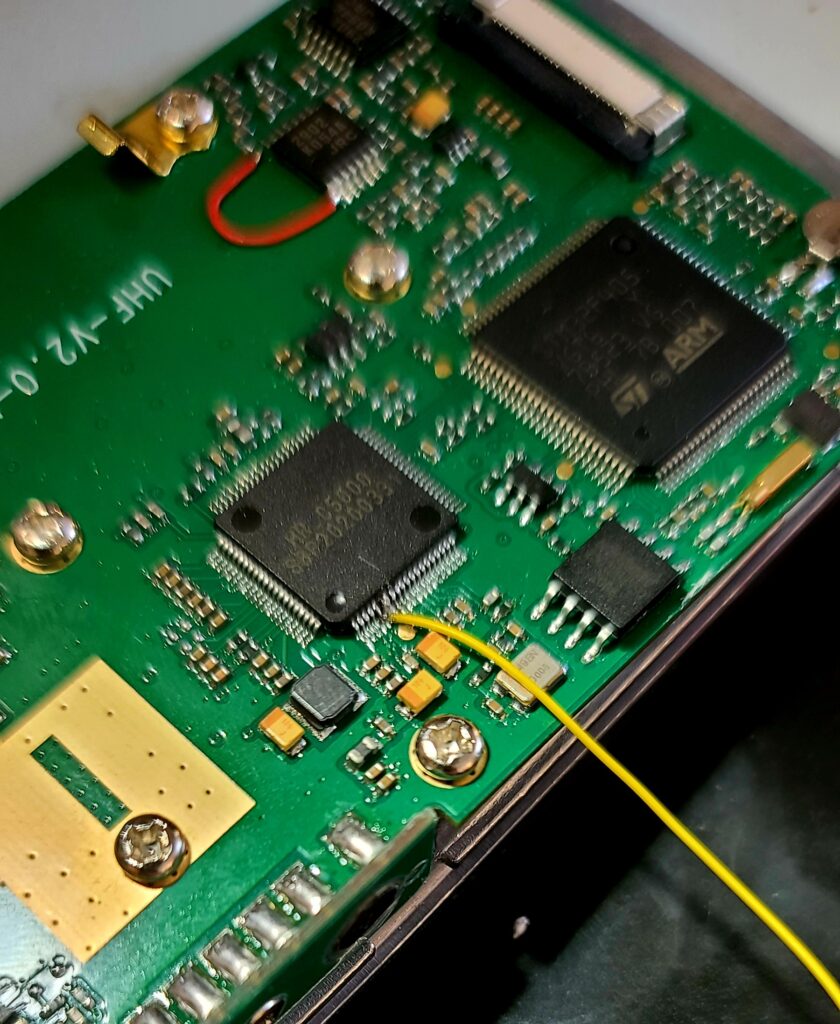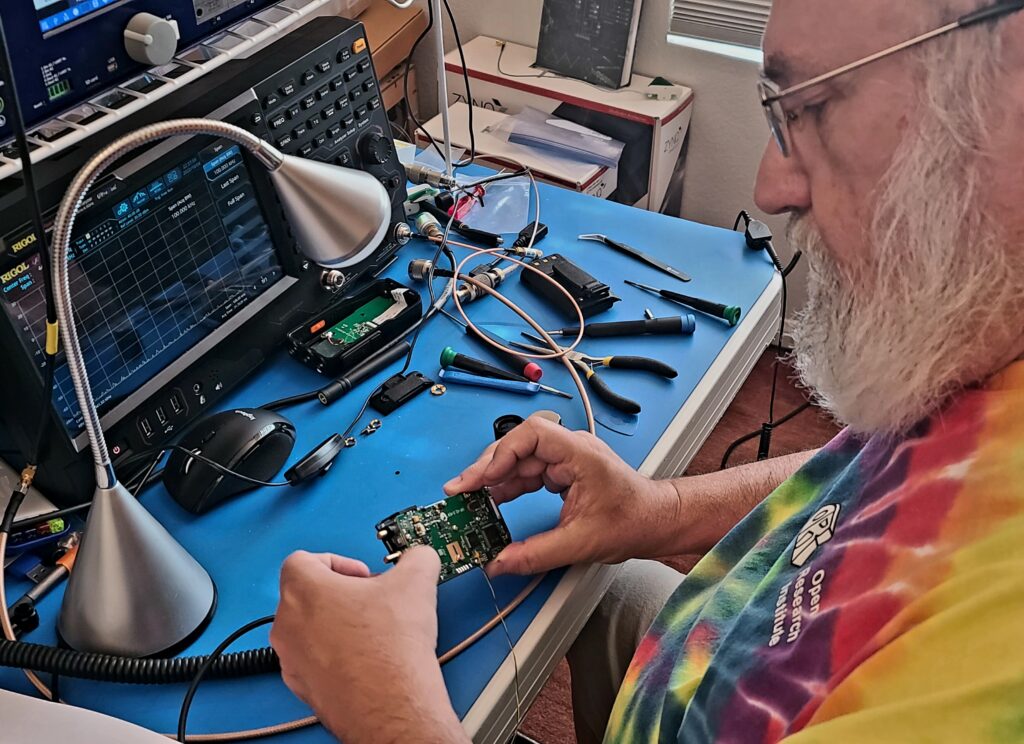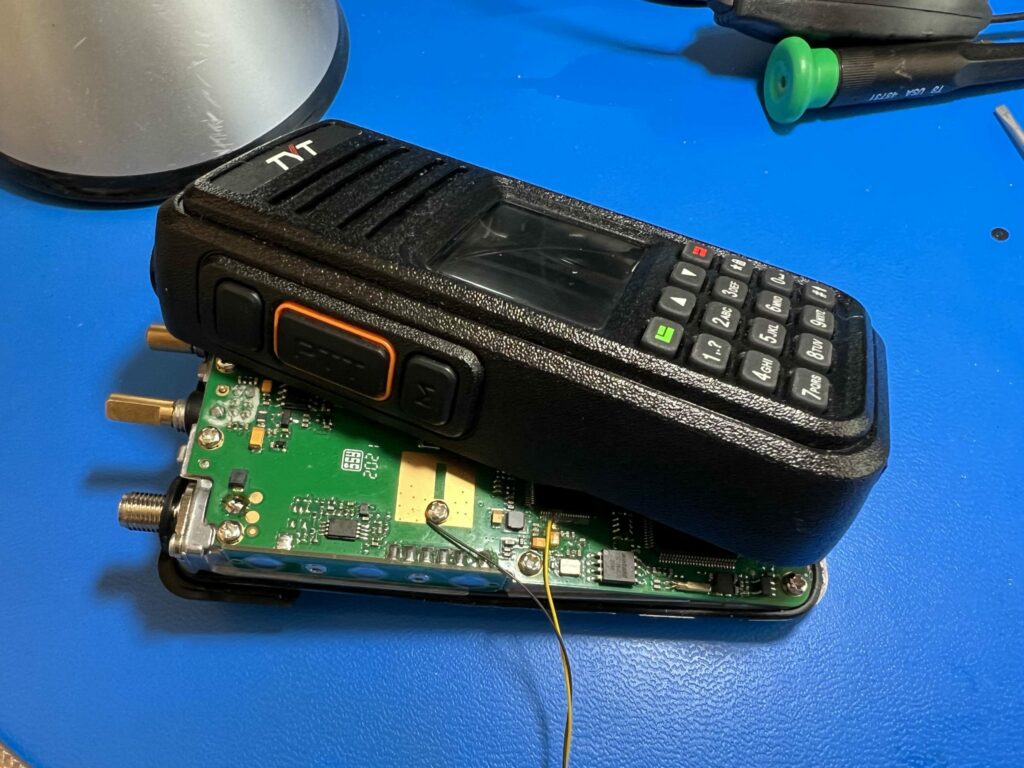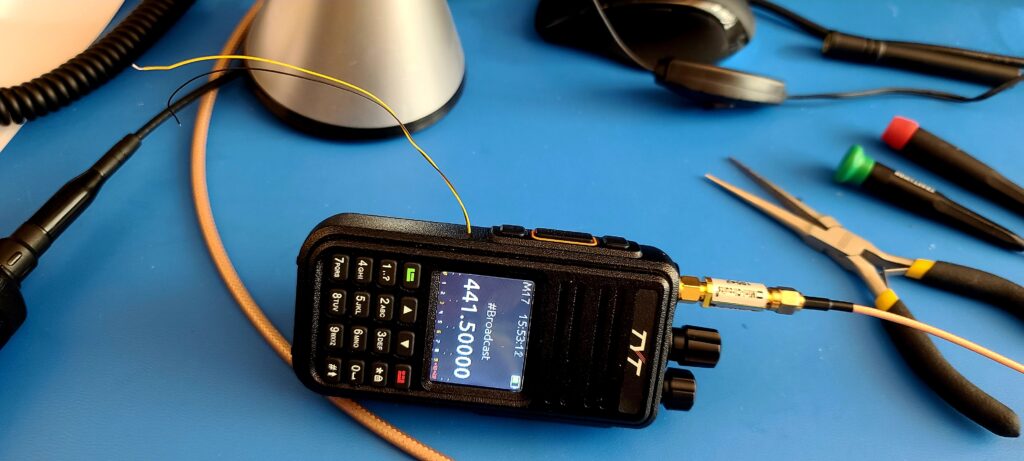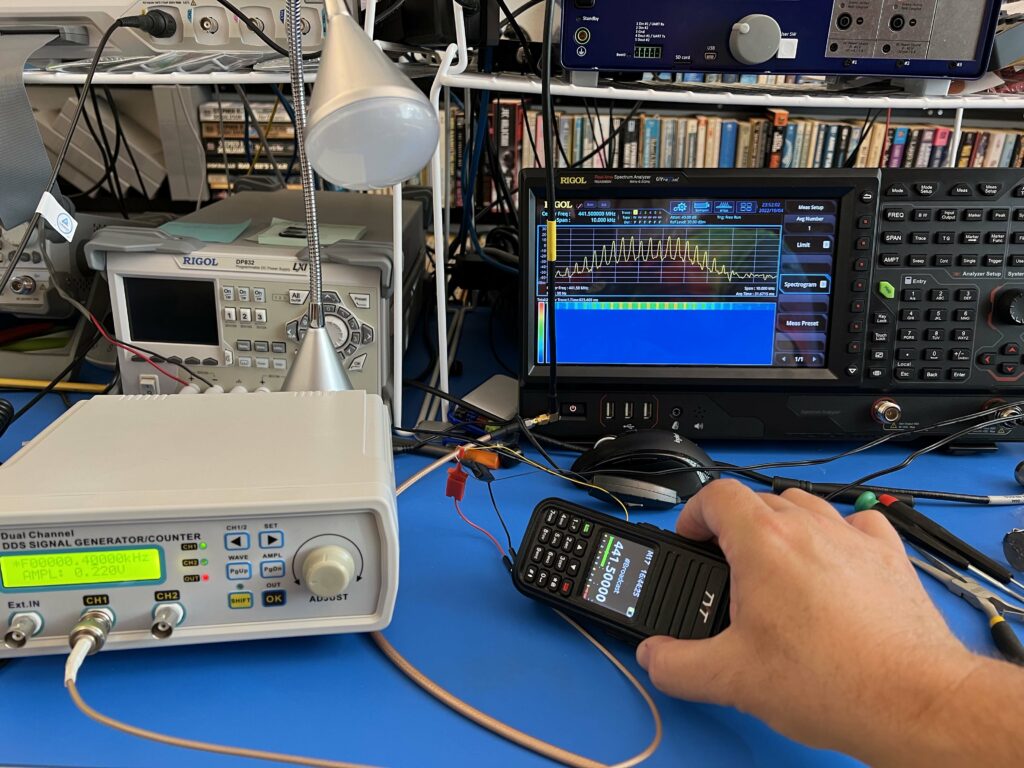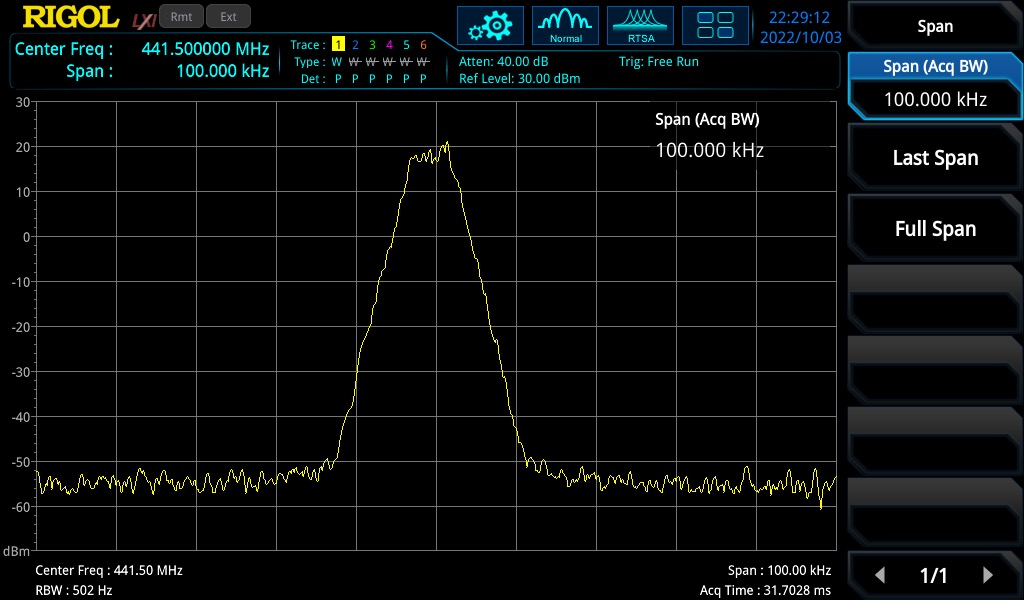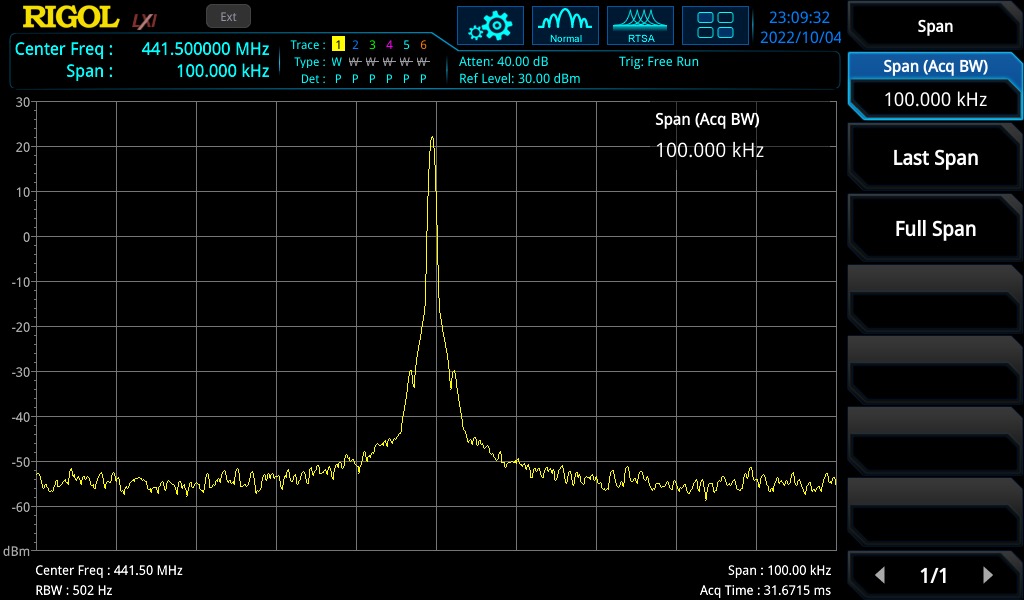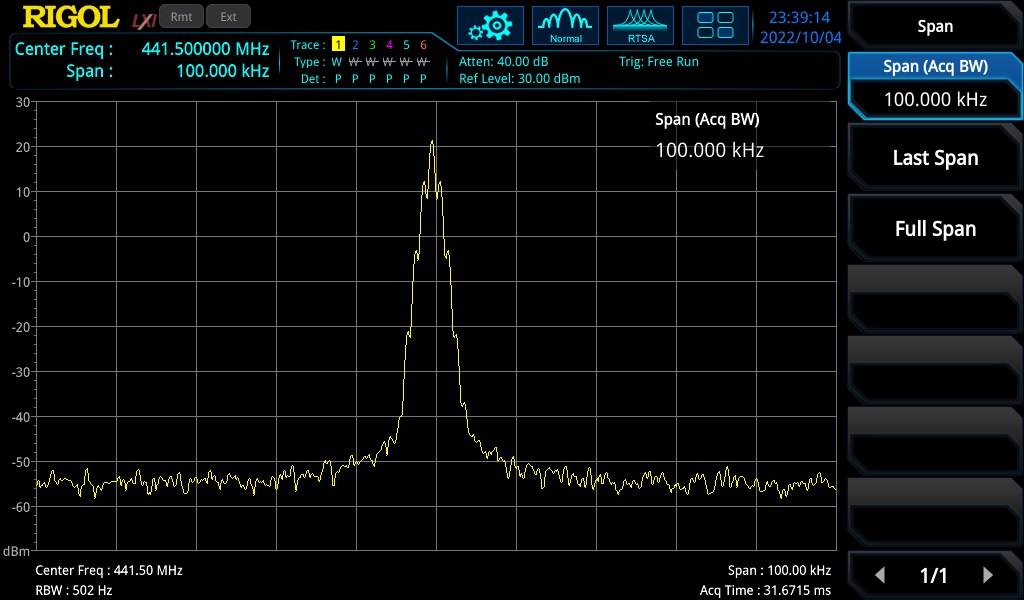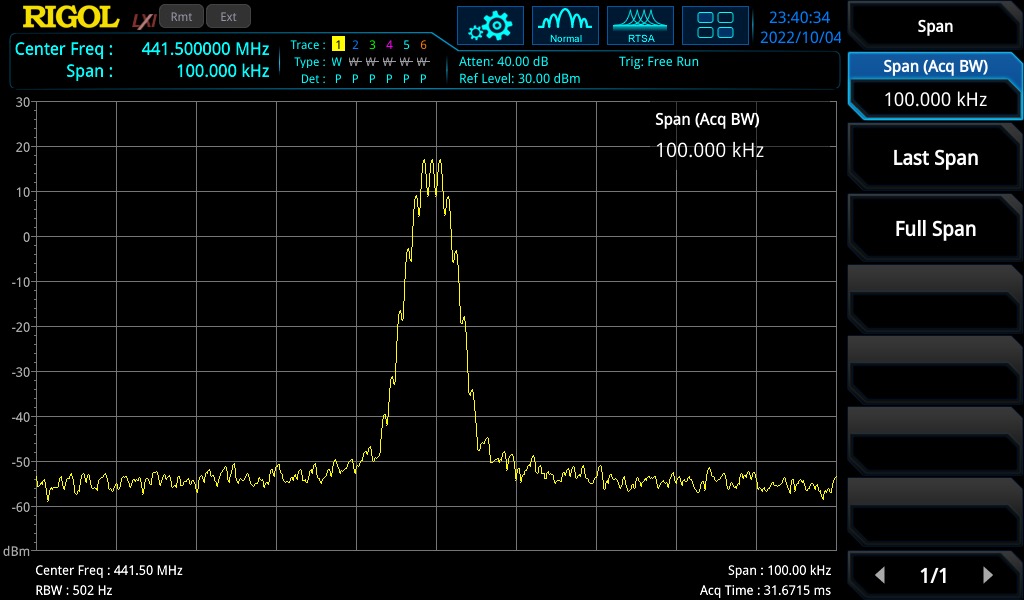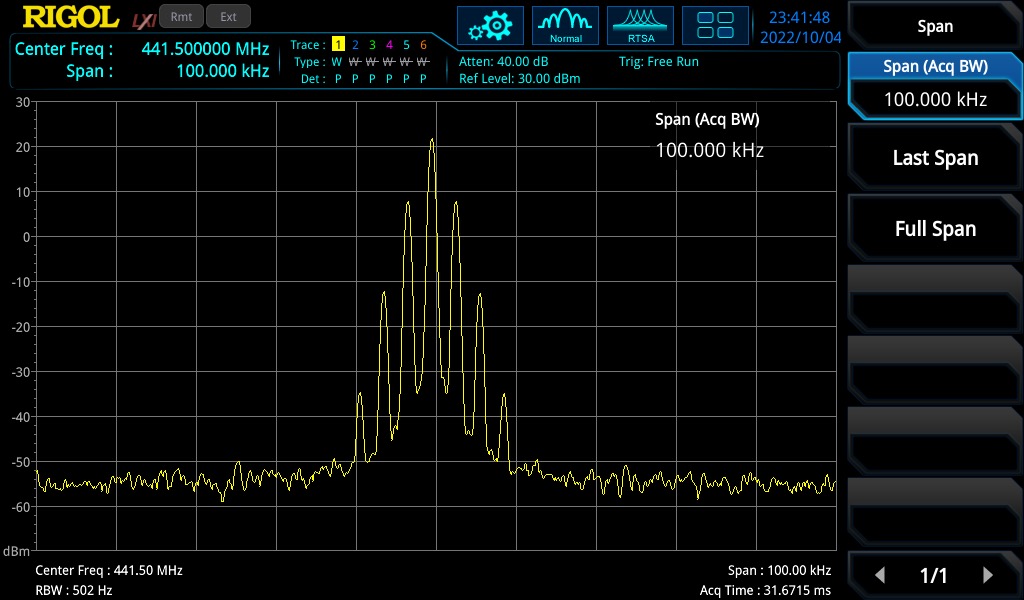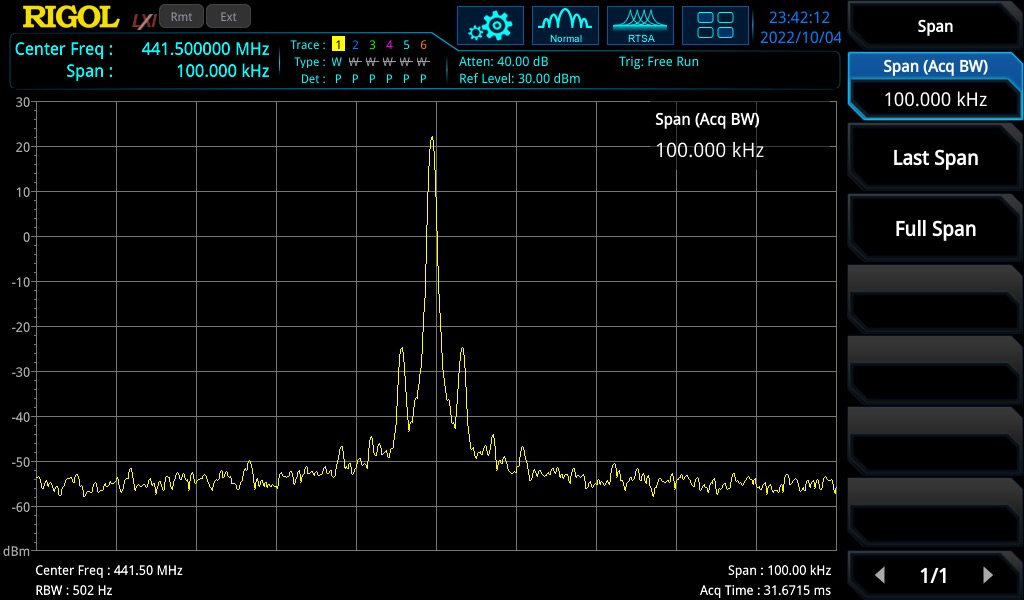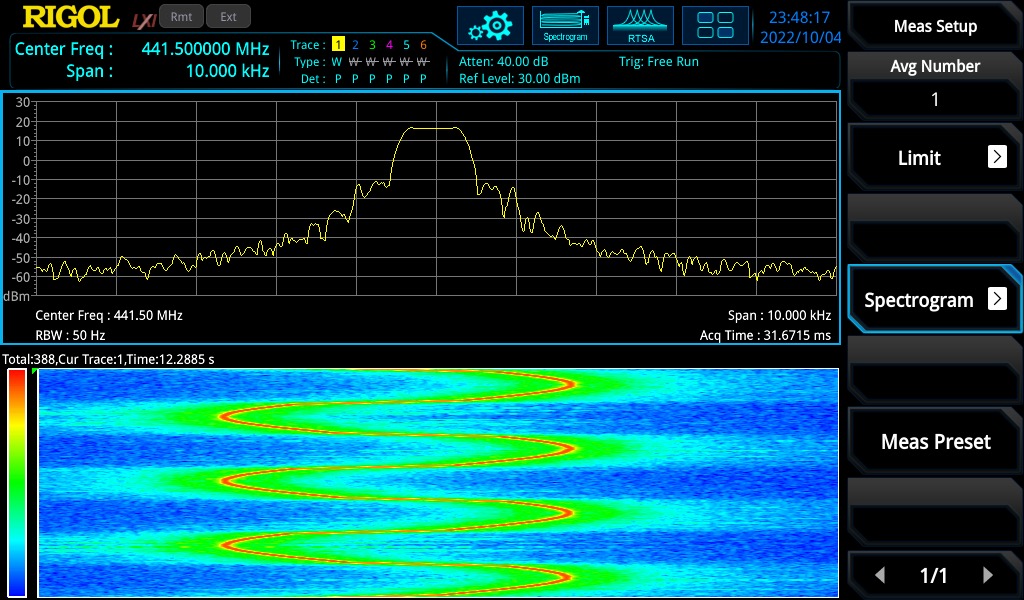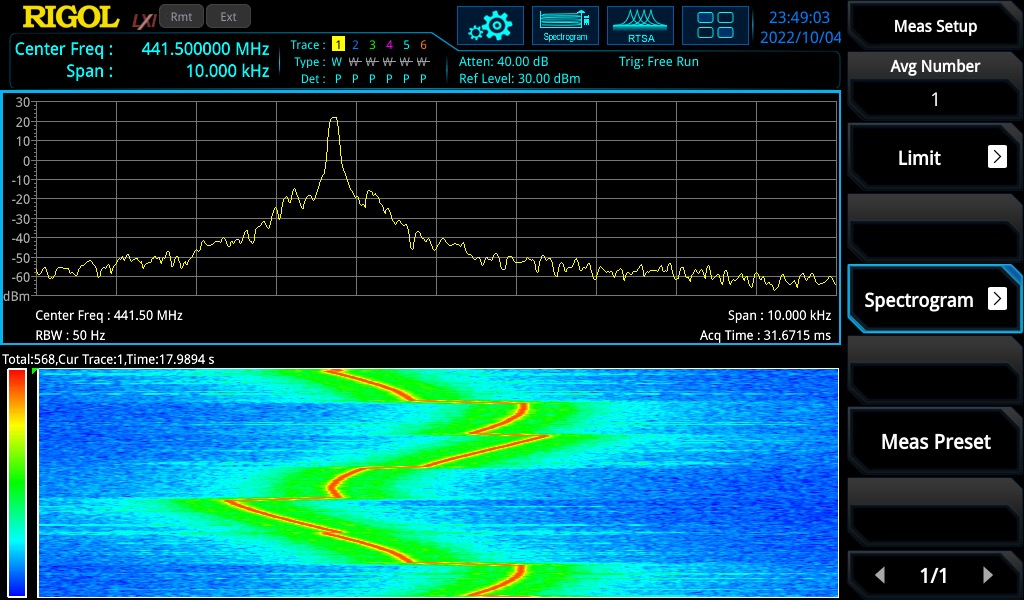Greetings from Open Research Institute!
We hope to see you again at QSO Today Ham Expo this weekend, 17-18 September 2022. We have a booth, five talks, three project exhibits, and a lounge space for meet and greet.
To find out more about Ham Expo, visit https://www.qsotodayhamexpo.com/
Since the last Ham Expo, we’ve integrated the DVB-S2/X encoder into the downlink reference design for our open source broadband microwave transponder. We have started on the uplink receiver. We have published a specification for our high bitrate digital voice and data uplink protocol. It’s called Opulent Voice and it will be introduced and described at the Expo. Find the source code for a C++ implementation at https://github.com/phase4ground/opv-cxx-demod
We have two sounding rocket projects, an open source propulsion project, successful regulatory work, and we represent open source and amateur radio interests on the US FCC Technological Advisory Committee. We co-chair the “Safe Uses of AI/ML” subworking group.
Our open source HEO proposal Haifuraiya will be presented at the Expo this weekend and details will be in an upcoming JAMSAT Journal.
We do terrestrial communications as well! Ribbit is a digital emergency communications mode for VHF/UHF. No extra equipment or cables required. We have a poster about the project in the exhibit hall and a presentation. Get the free Android application at https://play.google.com/store/apps/details?id=com.aicodix.rattlegram
All video presentations will be available at our YouTube channel after the Ham Expo platform has closed in 30 days.
We have a mailing list for updates and discussion, a Slack account for engineering work, and all work is published as it is created to our GitHub account.
To join any of these resources at ORI, please visit https://www.openresearch.institute/getting-started/
If you’d like to get monthly newsletters like this one, then do nothing. You’re already part of the inner circle!
Our volunteers could not accomplish all of this wonderful work without your interest and support.
Thank you from everyone at ORI. We value your comment, critique, and feedback, and look forward to hearing from you. If you use social media, then a lot of what we do is published through the channels linked below.
Thank you from all of us at ORI!

